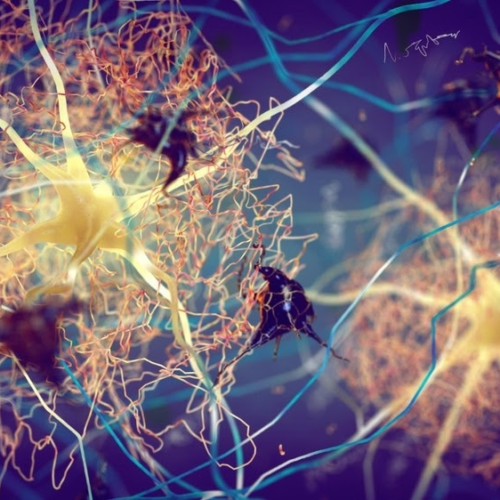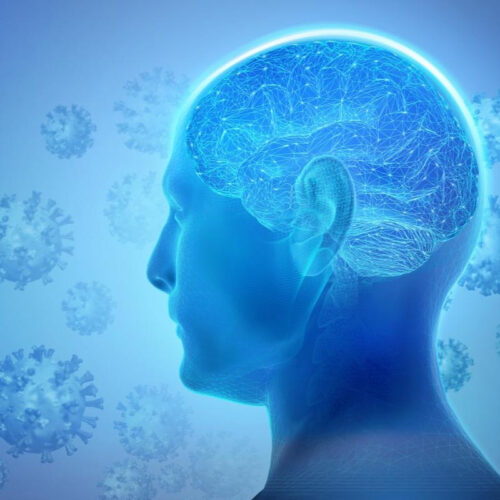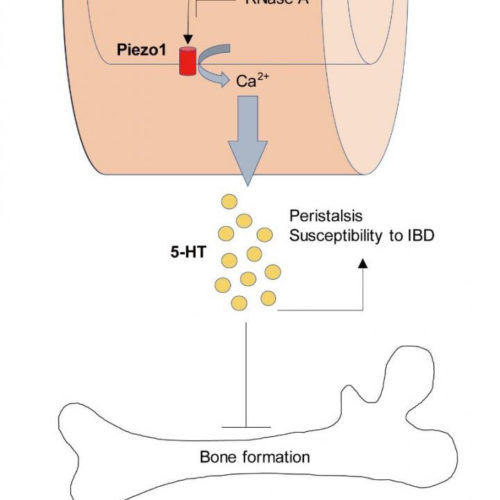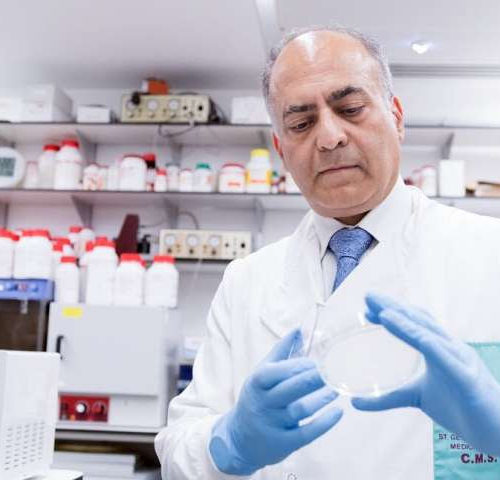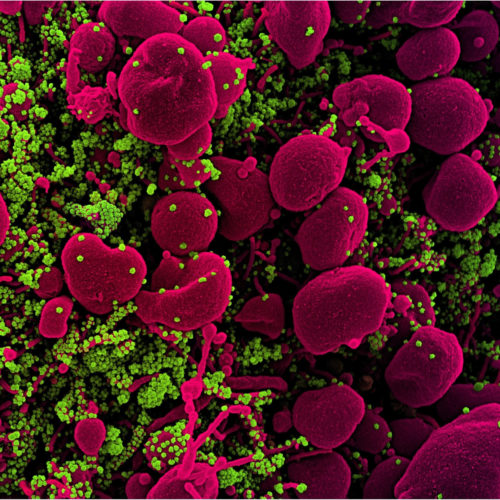By Vijay Kumar MalesuJan 24 2024Reviewed by Danielle Ellis, B.Sc. In a recent study published in JAMA Neurology a group of researchers determined the utility of a novel and commercially available immunoassay for plasma phosphorylated tau 217 (p-tau217) to detect Alzheimer’s Disease (AD) pathology and evaluate reference ranges for abnormal amyloid β (Aβ) and longitudinal...
Tag: <span>pathophysiology</span>
Insights into the pathophysiology of NeuroCOVID
By Dr. Liji Thomas, MD Apr 6 2022 Reviewed by Danielle Ellis, B.Sc. The coronavirus disease 2019 (COVID-19) pandemic has taken a toll on human health for over two years, with over 6.16 million documented deaths. Both respiratory and neurological symptoms have been prominent in this disease. A new study in the journal of Clinical and...
Creating a blood test for the detection of Alzheimer’s disease
Interview conducted by Emily Henderson, B.Sc. News-Medical spoke to Dr. Randall Bateman and Dr. Nicolas Barthélemy from Washington University about their research on Alzheimer’s disease, and their new technique that can detect Alzheimer’s from a blood test. Why did you choose to research Alzheimer’s and its detection? Alzheimer’s disease offers incredible potential for impact. As...
Gut Piezo1 regulates gut and bone homeostasis via RNA sensing.
NATIONAL INSTITUTES OF NATURAL SCIENCES SCHEMATIC MODEL OF FECAL RNA-MEDIATED SEROTONIN PRODUCTION. view more CREDIT: KENTA MARUYAMA In a new study published in Cell, “RNA sensing by gut Piezo1 is essential for systemic serotonin synthesis”, a research team led by Kenta Maruyama M.D., Ph.D. from National Institute for Physiological Sciences (NIPS) explored the role of...
Are Patients Dying ‘From’ COVID or ‘With’ COVID?
George D. Lundberg, MD DISCLOSURES June 05, 2020 Find the latest COVID-19 news and guidance in Medscape’s Coronavirus Resource Center. Death is usually fairly easy to diagnose; cause of death, not so much. In fact, death certificates in the United States and around the world are notoriously wrong. How does this happen? Death certificates are...
COVID-19 immune response may remain stable for two months after diagnosis
by St. George’s University of London Initial results from an antibody testing study have revealed that COVID-19 antibodies remain stable in the blood of the majority of infected individuals almost two months after diagnosis and possibly longer. However, antibodies were not detectable in everyone exposed to the virus, opening discussions on how best to interpret...
Blood group type may affect susceptibility to COVID-19 respiratory failure
By Sally Robertson, B.Sc. A group of over 120 researchers from various institutions across Europe has performed the first genome-wide association study to reveal host genetic factors that may contribute to respiratory failure in cases of coronavirus disease 209 (COVID-19). The authors say the genetic variants they have identified could help guide further research into...
Analysis of COVID-19 autopsies reveals many new details about this disease
by The Mount Sinai Hospital Pathologists at The Mount Sinai Hospital, at the epicenter of the COVID-19 global pandemic, have prepared one of the largest, most comprehensive analysis of autopsies of COVID-19 victims to date, revealing many complex new details about the disease. The analysis was released on the preprint server MedRxiv. “An essential contribution...
Scientists find a new way to reverse symptoms of Fragile X
by Massachusetts Institute of Technology MIT scientists have identified a potential new strategy for treating Fragile X syndrome, a disorder that is the leading heritable cause of intellectual disability and autism. In a study of mice, the researchers showed that inhibiting an enzyme called GSK3 alpha reversed many of the behavioral and cellular features of...
Research discovers inhibitor to reverse toxic DUX4 effects
by University of Minnesota About one in 8,000 people have facioscapulohumeral muscular dystrophy, according to a 2014 study, which is relatively common in the world of genetic diseases. New University of Minnesota Medical School research identifies an inhibitor that protects cells from toxic effects associated with this disease in cells and mice. Facioscapulohumeral muscular dystrophy...

